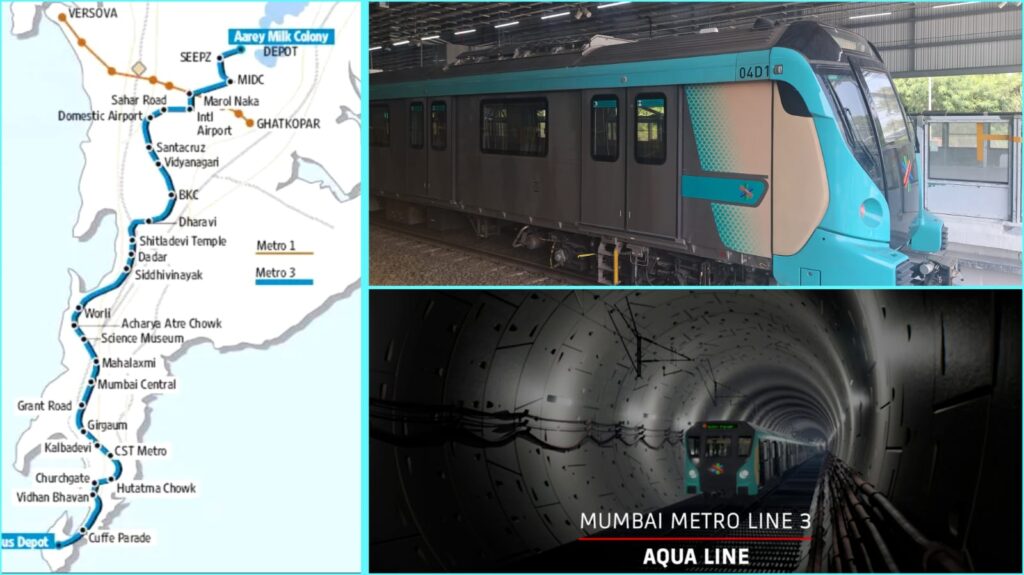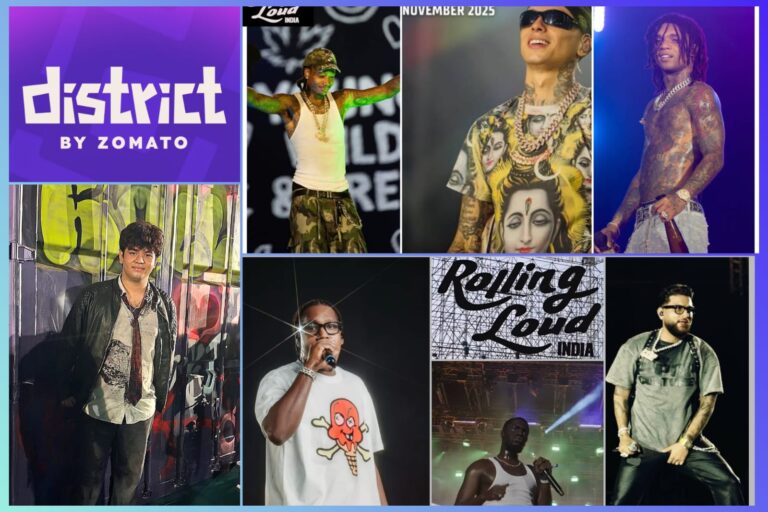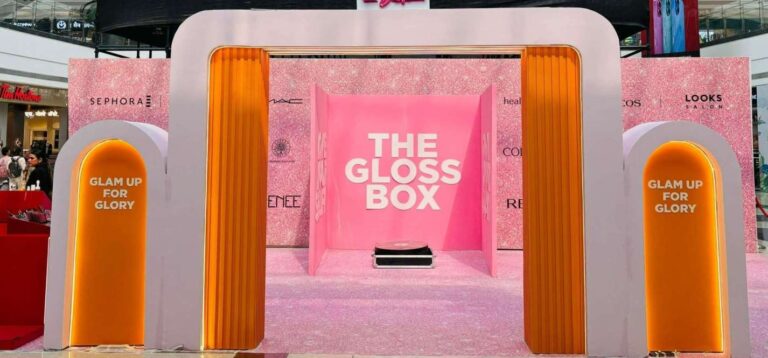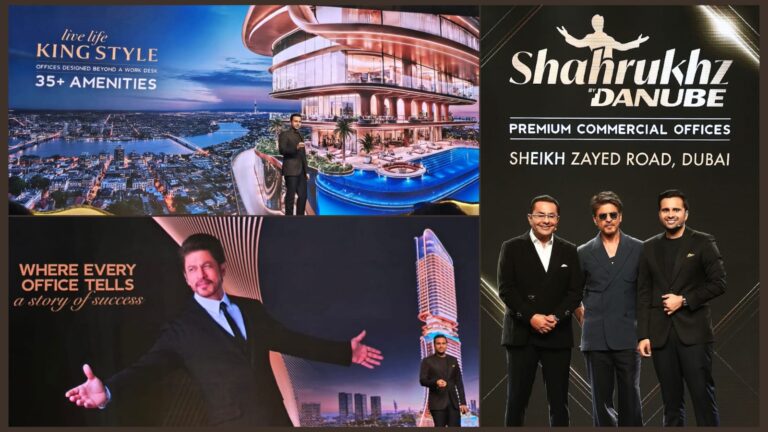
Mumbai Metro Aqua Line 3 Phase 2 — A Landmark in Urban Connectivity
Mumbai took a major leap forward in its public transport infrastructure with the inauguration of Phase 2 of the Mumbai Metro Aqua Line 3 by Hon’ble Prime Minister Shri Narendra Modi. The fully operational 33.5-km underground metro line between Cuffe Parade and Aarey JVLR promises faster, cleaner, and more efficient daily travel, connecting the city’s business districts, cultural landmarks, residential hubs, and airport terminals.
Phase 2 of the Aqua Line includes crucial stations such as Bandra Kurla Complex, Dharavi, Shitala Devi Mandir, Dadar, Shree Siddhivinayak Temple, Worli, and Acharya Atre Chowk. The newly inaugurated Phase 2B further extends connectivity to Science Museum (Nehru Science Centre), Mahalaxmi, Mumbai Central, Grant Road, Girgaon, Kalbadevi, CSMT Metro (Chhatrapati Shivaji Maharaj Terminus), Hutatma Chowk, Churchgate, Vidhan Bhavan, and Cuffe Parade.
The first train leaves at 5:55 AM from both terminal stations — Aarey JVLR and Cuffe Parade — with the last train at 10:30 PM. The line is designed to handle over 13 lakh passengers daily, drastically reducing travel time between North and South Mumbai. Built at a cost of ₹12,000 crore, Aqua Line 3 also offers direct access to both domestic (T1) and international (T2) terminals of Chhatrapati Shivaji Maharaj International Airport, making it a crucial link between the city’s business hubs and key transit points.
Fares are designed to be commuter-friendly — starting at ₹10 and going up to ₹70 depending on distance — offering an affordable alternative to road travel and easing traffic congestion. With major heritage and administrative landmarks like Kala Ghoda, Marine Drive, Bombay High Court, and the RBI now connected, this metro line truly redefines Mumbai’s mobility landscape.
‘Mumbai One App’ — One Ticket for Metro, Bus, Monorail, and Local Trains
In a groundbreaking step toward seamless mobility, PM Modi also launched the ‘Mumbai One’ digital mobility app, allowing commuters to travel across multiple public transport systems with a single ticket.
The app, built on the Open Network for Digital Commerce (ONDC) platform, enables commuters to book a single QR-based digital ticket valid for Mumbai Metro lines 1, 2A, 3, and 7, Monorail, Navi Mumbai Metro, Mumbai Local Trains, and various municipal bus services. Passengers simply need to download the ‘Mumbai One’ app from Google Play Store or Apple App Store, register, select their destination, and make the payment to receive a QR code, which can then be scanned at entry gates.
This unified system is set to bring big relief to Mumbaikars by simplifying travel and reducing the need for multiple tickets. Alongside ticketing, the app offers real-time traffic updates, alternative routes, emergency SOS, and map navigation, making daily travel smarter and more efficient.
Mumbai’s Next Chapter in Urban Mobility
With the inauguration of Aqua Line 3 Phase 2 and the launch of the ‘Mumbai One’ app, Mumbai is taking a decisive step toward becoming a model global city in terms of connectivity and commuter convenience. These developments not only enhance last-mile connectivity but also reflect the government’s commitment to sustainable, integrated transport solutions.
As India’s financial capital continues to expand, these milestones symbolize a modern, efficient, and accessible Mumbai — one where travel is no longer a daily struggle, but a seamless experience that matches the rhythm of a global metropolis.









